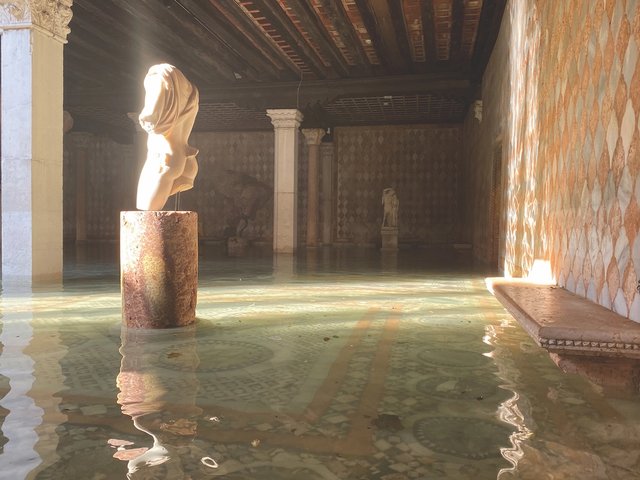Venice.
With a plan drawn up by Gae Aulenti and Antonio Foscari (the architects responsible for the Fiat-financed restoration of Palazzo Grassi) Impregilo (or Fiat) has won the competition for the contract to rebuild the Teatro La Fenice in Venice, destroyed by fire on 29 January 1996.
The committee of judges consisted of the president, Leopoldo Mazzarolli, professor of law at the University of Padua, Enrico Bettanini Feccia di Cossato, of the department of technology at the University of Padua, Francesco Dal Co, director of architectural university in Venice, Angelo Di Tommaso, professor of building science at the University of Bologna and Daniel E. Commins of the Massachusetts Institute of Technology who, until 1996, held the chair in acoustics at the universities of Paris and Nancy and who worked with Gae Aulenti on the Musée d’Orsay in Paris (this last caused some eyebrows to be raised).
At L90 billion (£32 million; $50.7 million) the Impregilo plan was not the cheapest one; that criterion would have made the Consorzio Cooperative di Bologna (with a design by Carlo Aymonino and Romeo Ballardini) the winner, with an estimated cost of just under L80 billion lire (the competition allowed a maximum of L120 billion). The Consorzio was closely followed by Carena of Genoa with an estimate of L83 billion (and a design by Gino Valle). Impregilo came third with an estimated cost of just below L90 billion; the two foreign entries, Philipp Holzman of Munich (design by Aldo Rossi), at an estimated L99 billion, and Mabetex of Lugano (design by Ignazio Gardella and Giuseppe Cristinelli) were the most expensive.
Other factors besides price explain Impregilo’s victory: the estimated time for completion (823 days), the technical excellence of the design and projected lower costs of running and maintaining the finished building.
The outlines of the Aulenti-Foscari project have been on display in Venice.The plan is to re-build the theatre “as it was, where it was”, but the operation is a highly complex one, involving the restoration of the remaining parts, the re-structuring of the front of house and the auditorium, and the complete overhaul of scene-changing equipment and services like heating, lighting etc. The building contract will be awarded in time for work to begin next June, so that the restoration will be complete in late 1999.
Originally appeared in The Art Newspaper as 'In 823 days as it was, where it was:'


